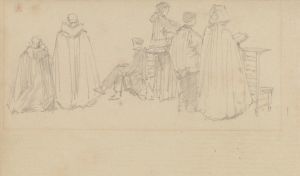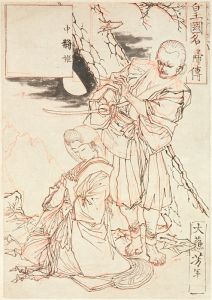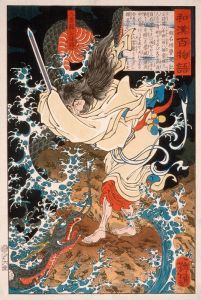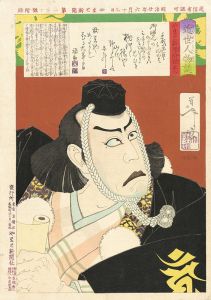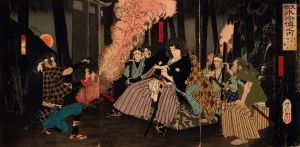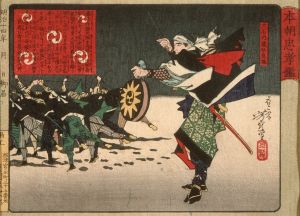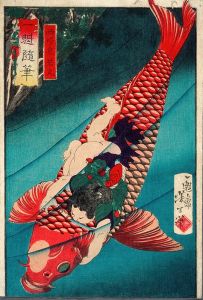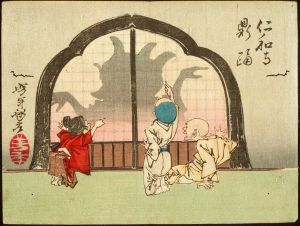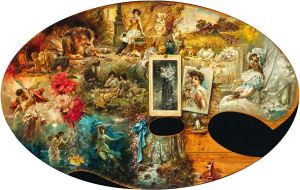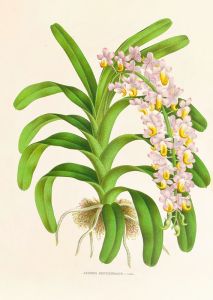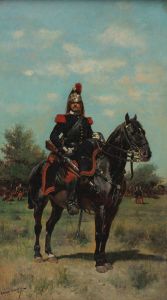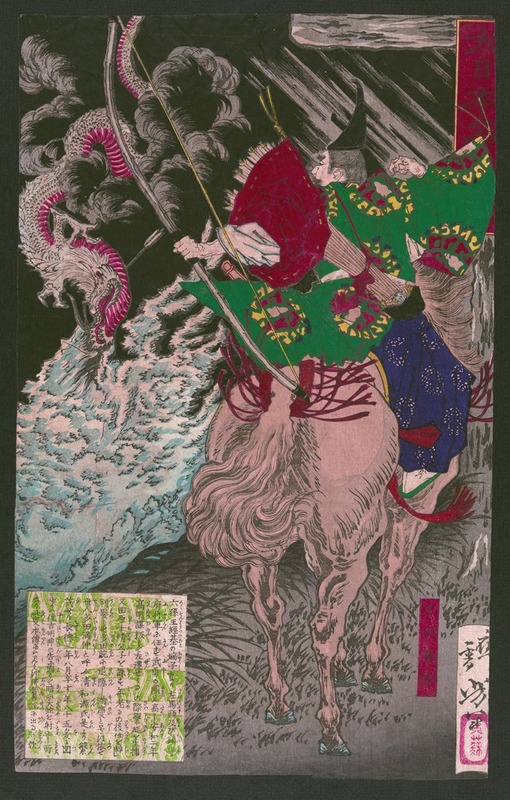
Tada no manchū
A hand-painted replica of Tsukioka Yoshitoshi’s masterpiece Tada no manchū, meticulously crafted by professional artists to capture the true essence of the original. Each piece is created with museum-quality canvas and rare mineral pigments, carefully painted by experienced artists with delicate brushstrokes and rich, layered colors to perfectly recreate the texture of the original artwork. Unlike machine-printed reproductions, this hand-painted version brings the painting to life, infused with the artist’s emotions and skill in every stroke. Whether for personal collection or home decoration, it instantly elevates the artistic atmosphere of any space.
Tsukioka Yoshitoshi (1839–1892) was a renowned Japanese artist, widely recognized for his contributions to the ukiyo-e genre of woodblock printing and painting. He is often celebrated for his innovative approach to traditional themes and his ability to capture the complexities of human emotion and the supernatural. One of his notable works is "Tada no Manchū," which is part of his larger body of work that often explores historical and legendary themes.
"Tada no Manchū" is a woodblock print created by Yoshitoshi, and it is part of his series that delves into the rich tapestry of Japanese folklore and history. Yoshitoshi's work during this period is characterized by a vivid use of color, dynamic composition, and a keen attention to detail, all of which are evident in this piece. His prints often depict scenes of drama and intensity, capturing moments of action or contemplation with a unique blend of realism and stylization.
The subject of "Tada no Manchū" is rooted in Japanese legend, focusing on the figure of Tada no Manchū, a character who is often associated with tales of bravery and supernatural encounters. Yoshitoshi's depiction of this figure is likely to reflect his interest in the interplay between the human and the otherworldly, a common theme in his work. Through his art, Yoshitoshi sought to convey the emotional depth and narrative richness of these stories, bringing them to life for his audience.
Yoshitoshi's career spanned a period of significant change in Japan, as the country transitioned from the Edo period to the Meiji era. This was a time of modernization and Western influence, which had a profound impact on traditional Japanese art forms. Despite these changes, Yoshitoshi remained committed to the ukiyo-e tradition, while also incorporating new techniques and ideas into his work. His ability to adapt and innovate helped to revitalize the genre during a time when it was facing decline.
In "Tada no Manchū," as in many of his other works, Yoshitoshi's mastery of the woodblock printing technique is evident. He employed a range of colors and intricate line work to create a sense of depth and movement, drawing the viewer into the scene. His prints often feature a strong narrative element, inviting the audience to engage with the story and characters depicted.
Yoshitoshi's legacy as an artist is marked by his dedication to preserving and evolving the ukiyo-e tradition. His work continues to be celebrated for its artistic merit and its ability to capture the spirit of an era. "Tada no Manchū" stands as a testament to his skill and creativity, offering a glimpse into the rich cultural heritage of Japan and the enduring power of its legends.





